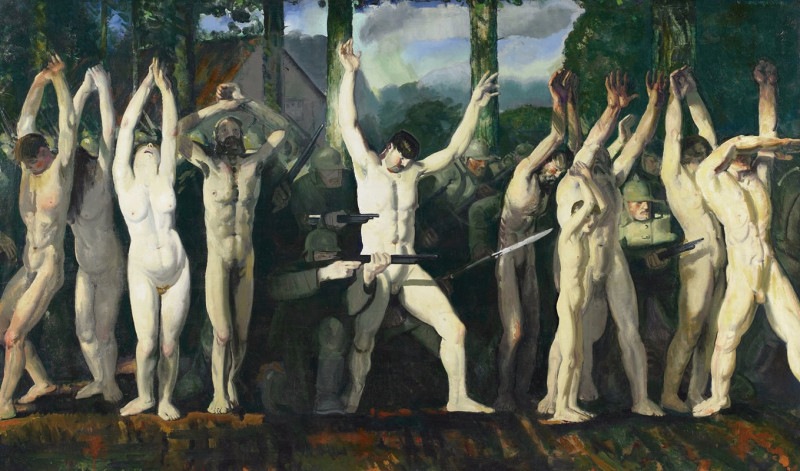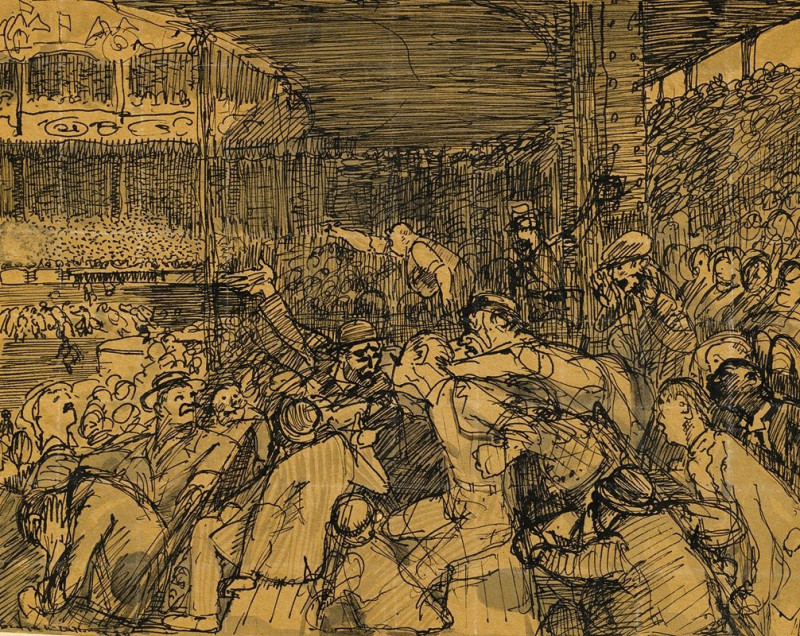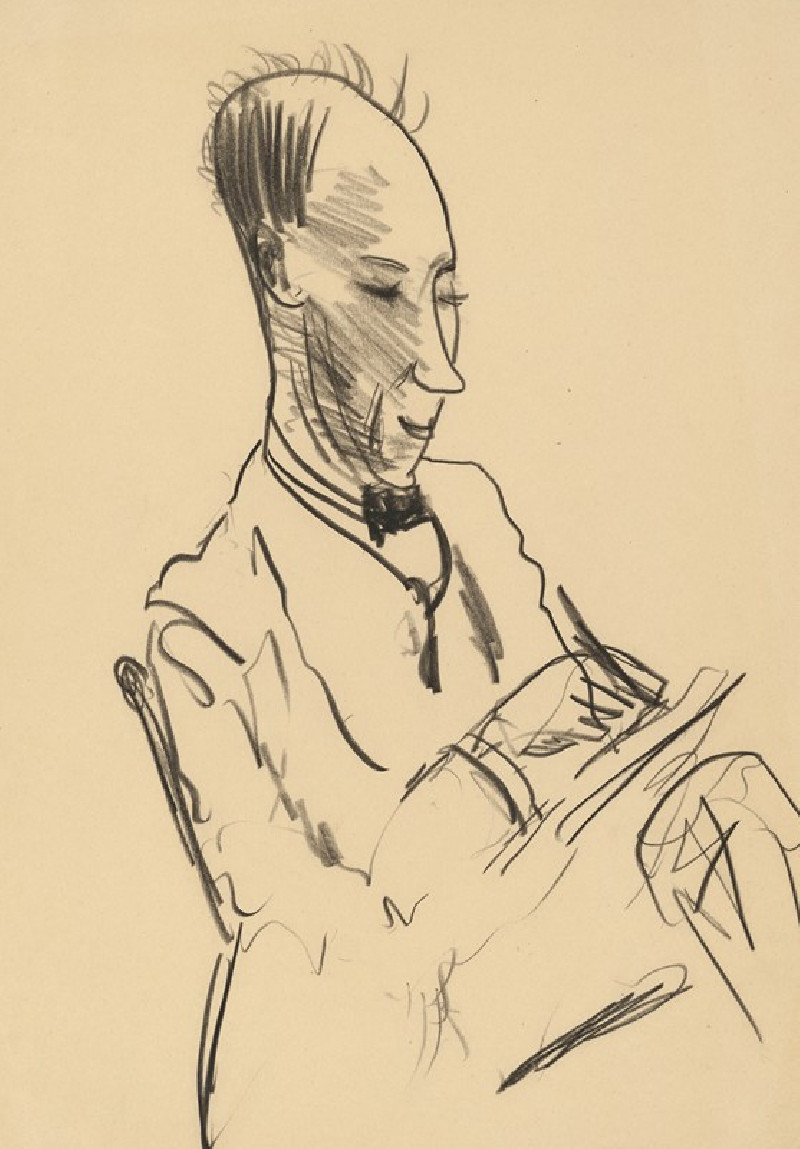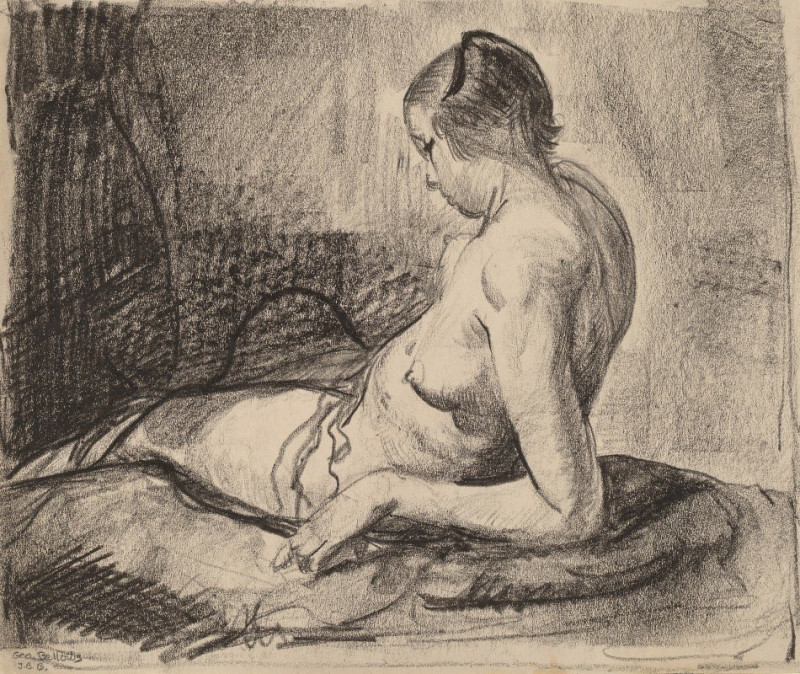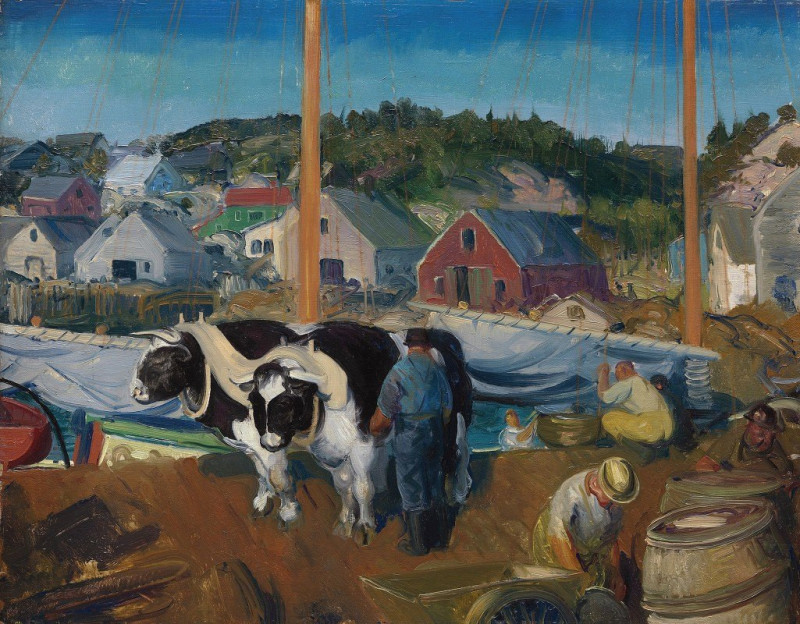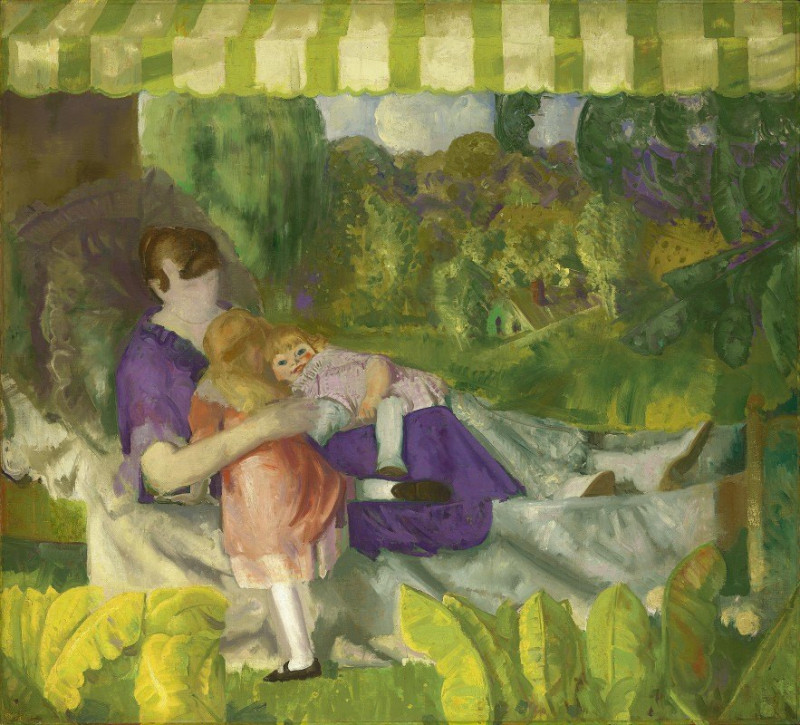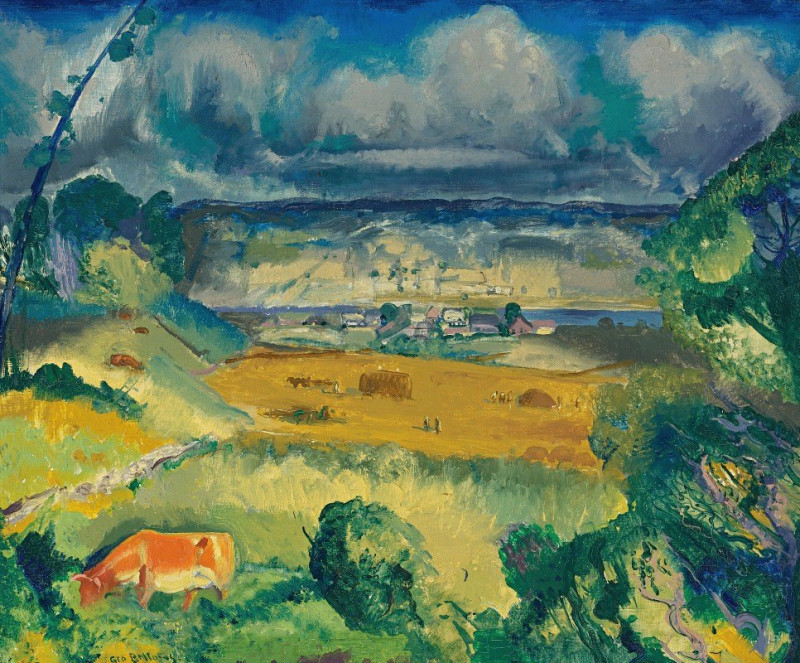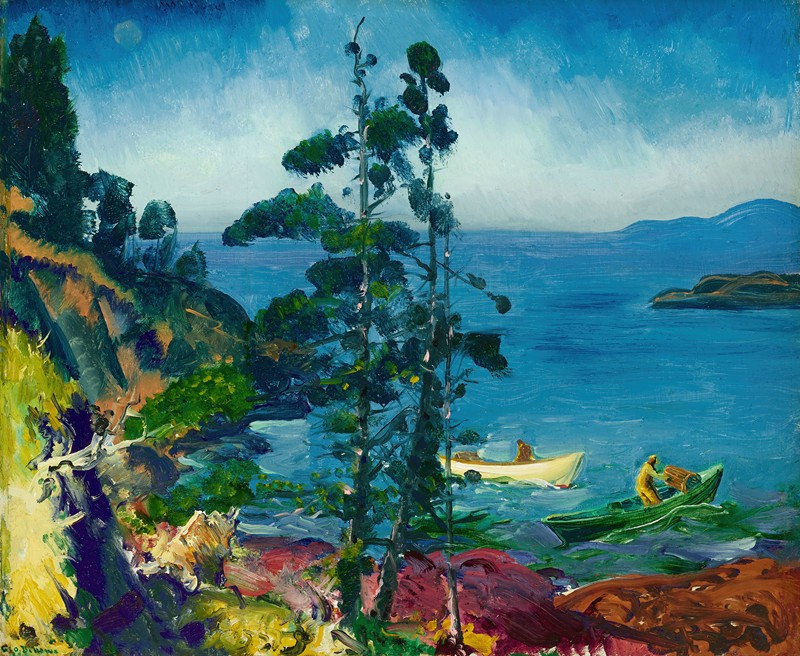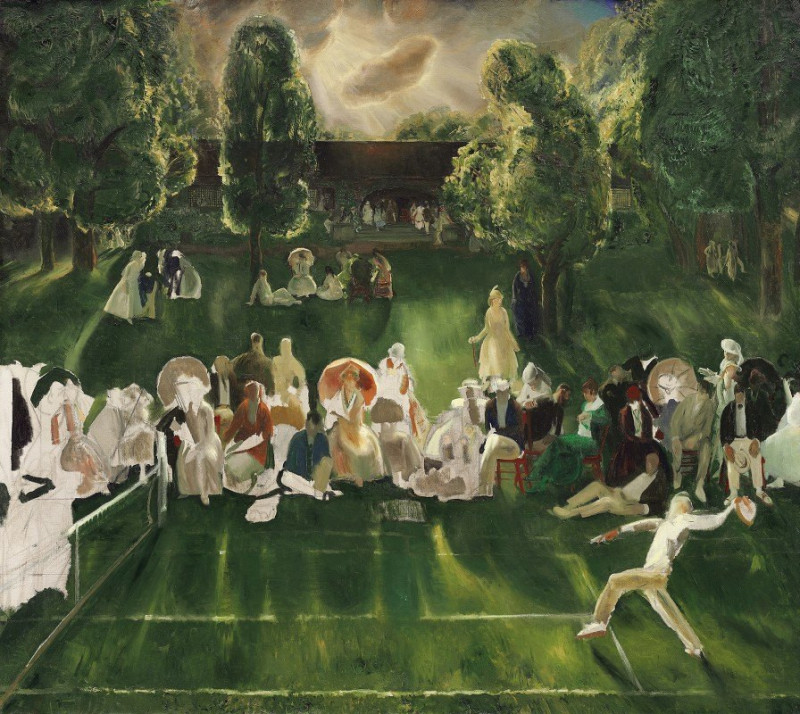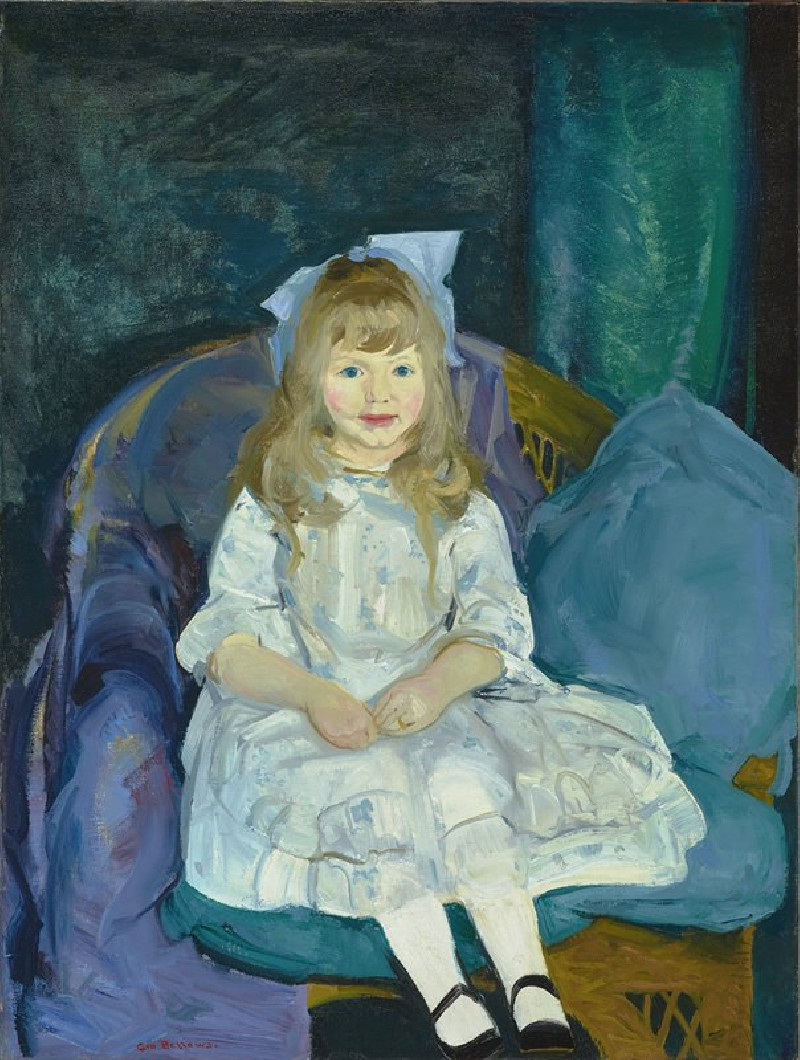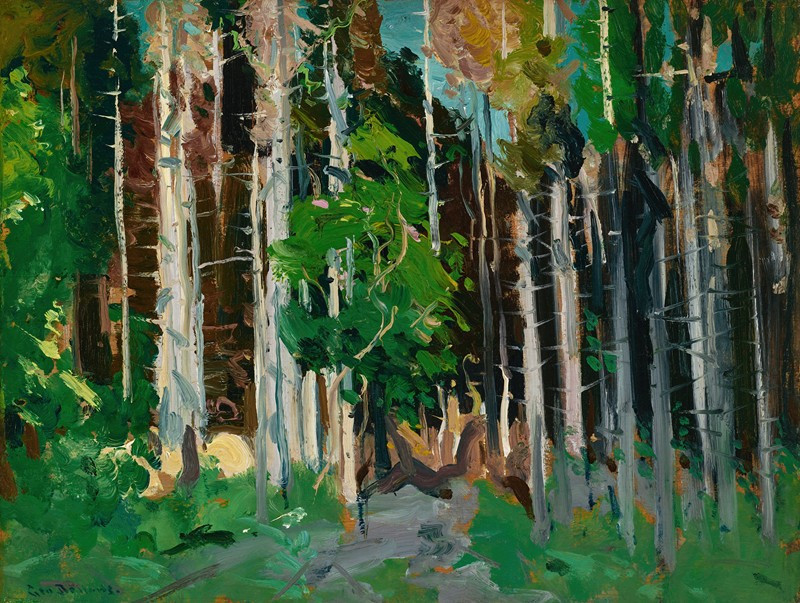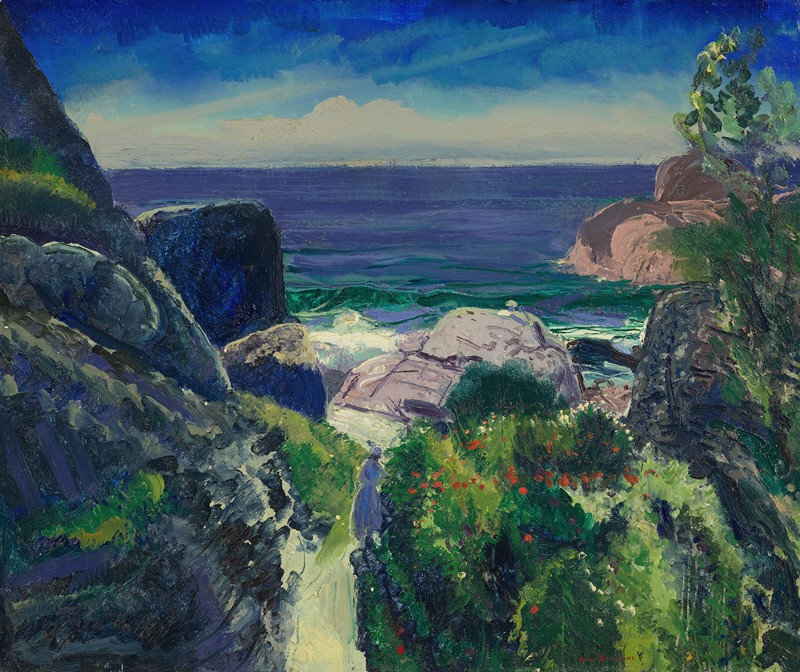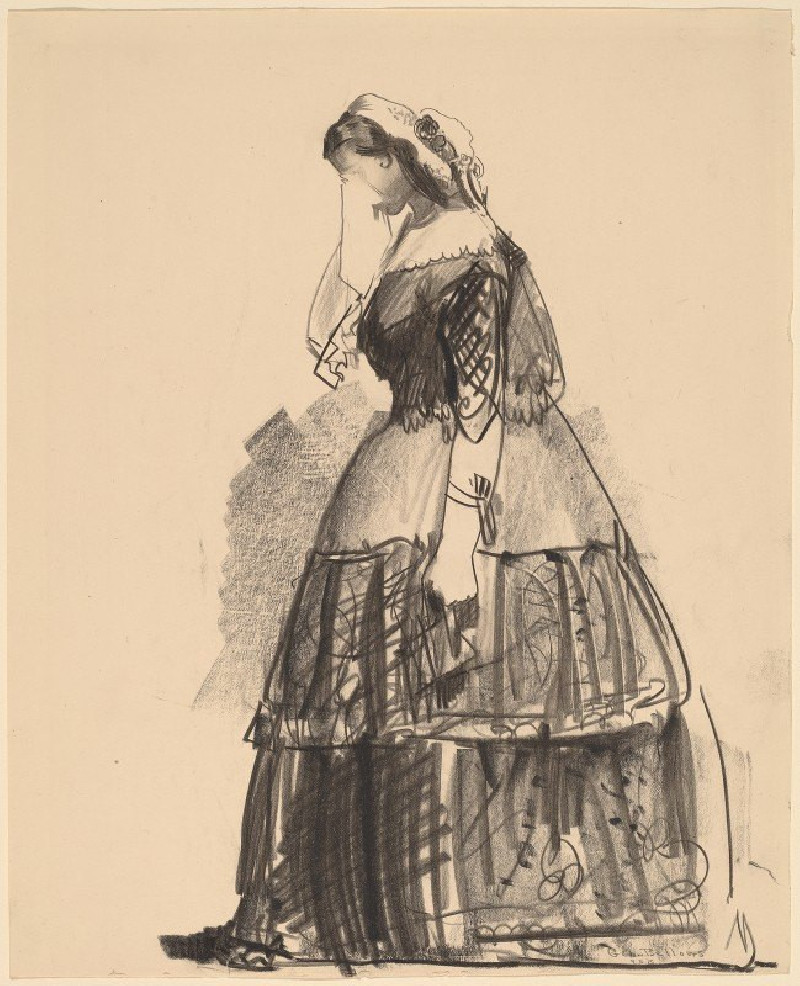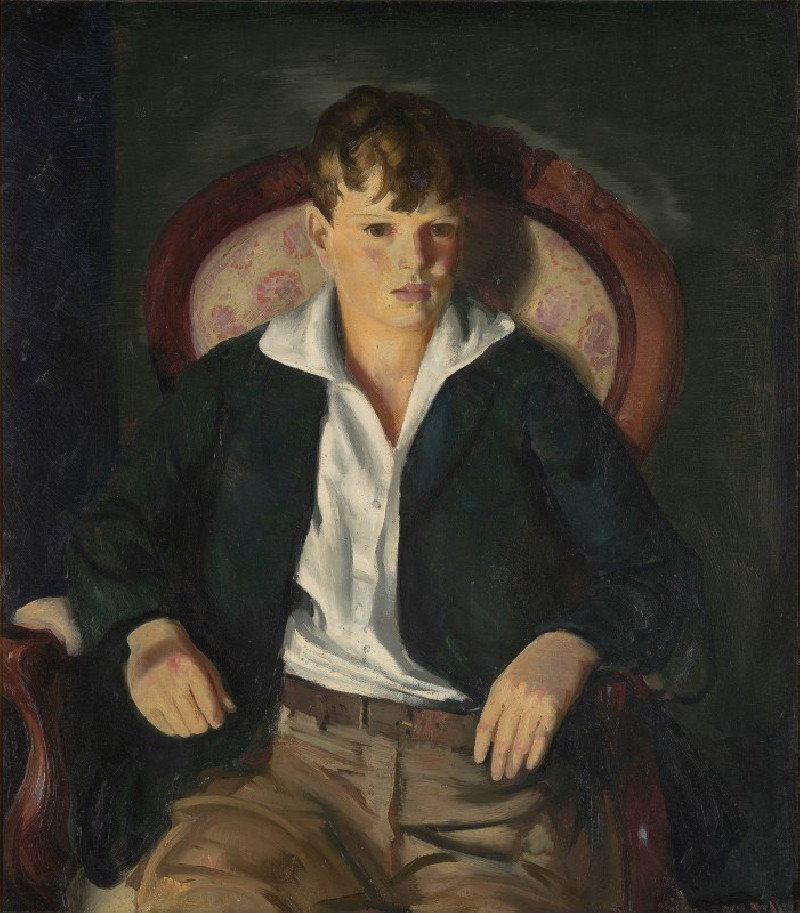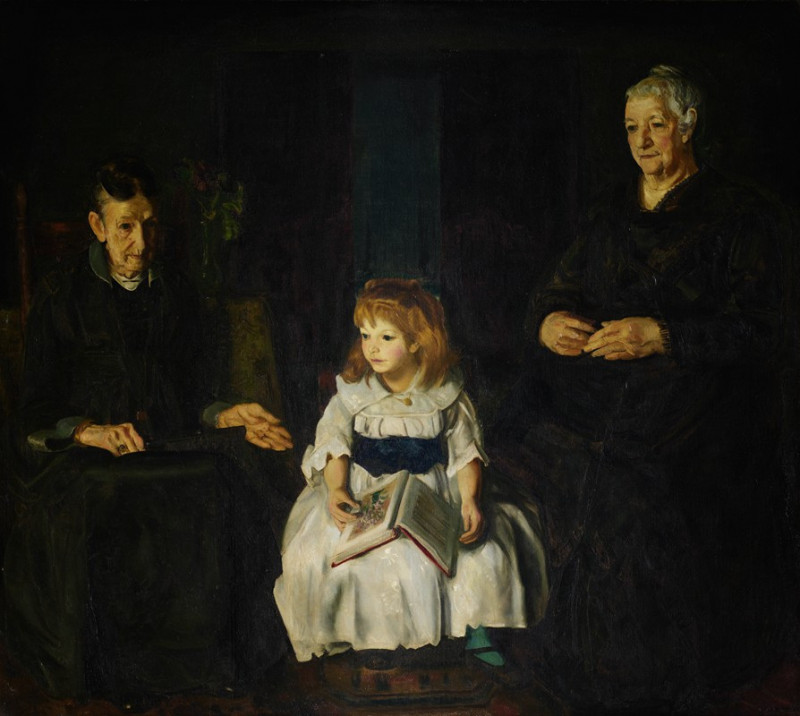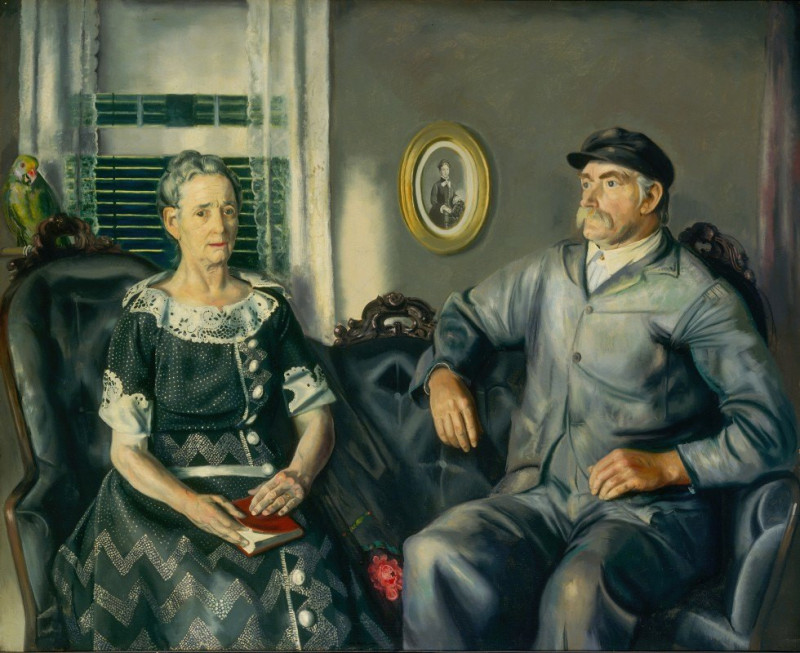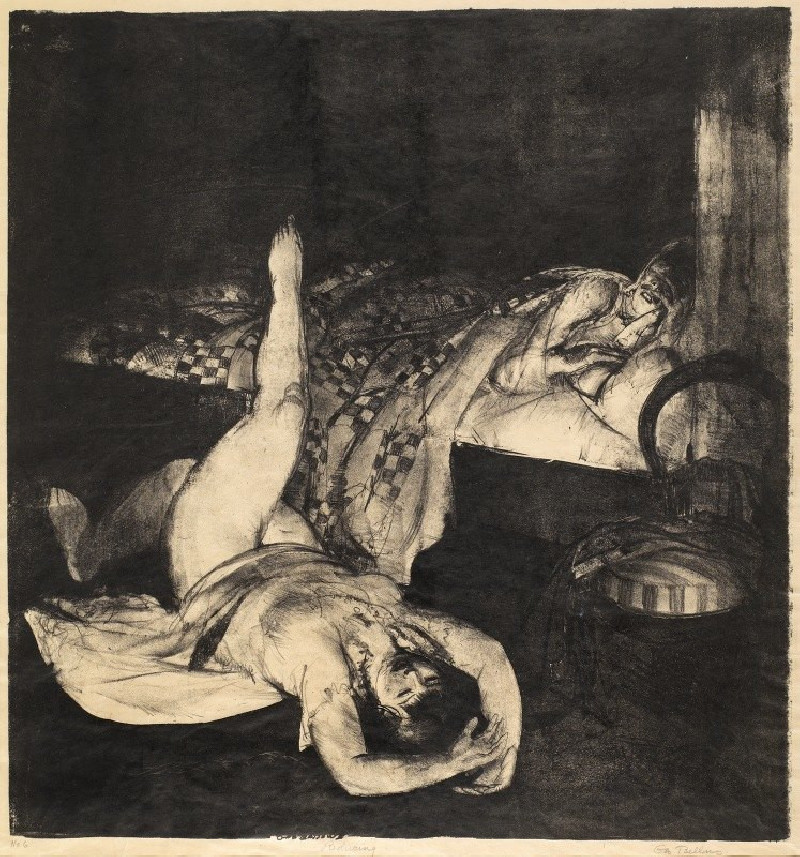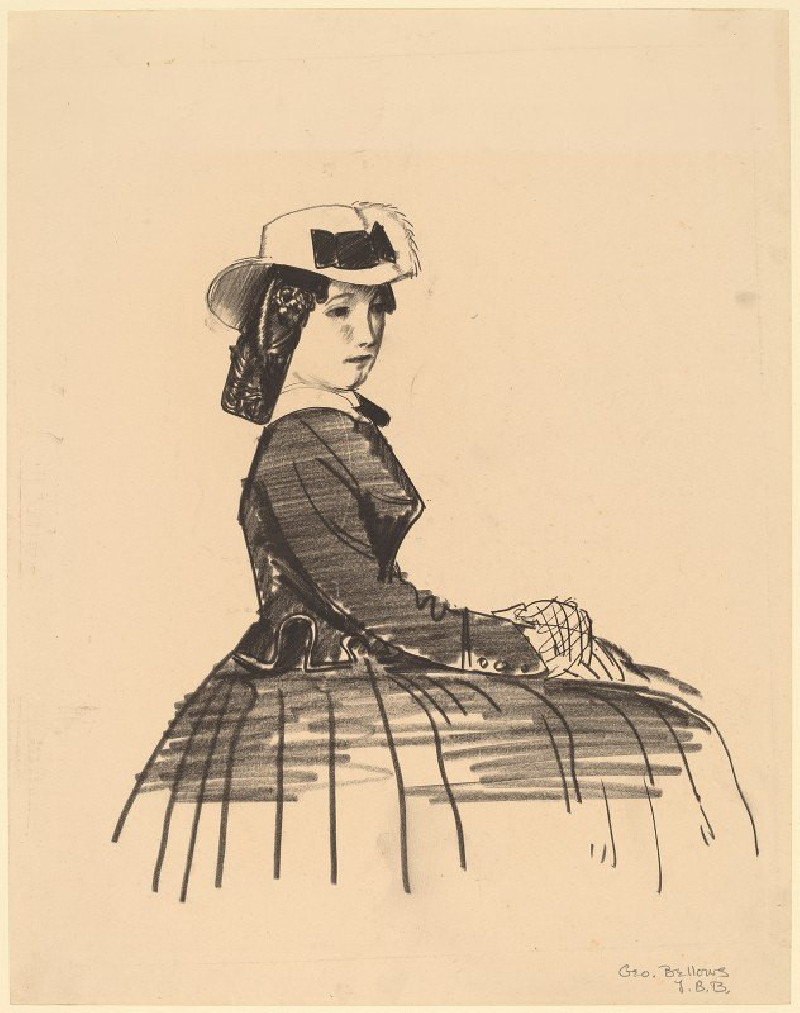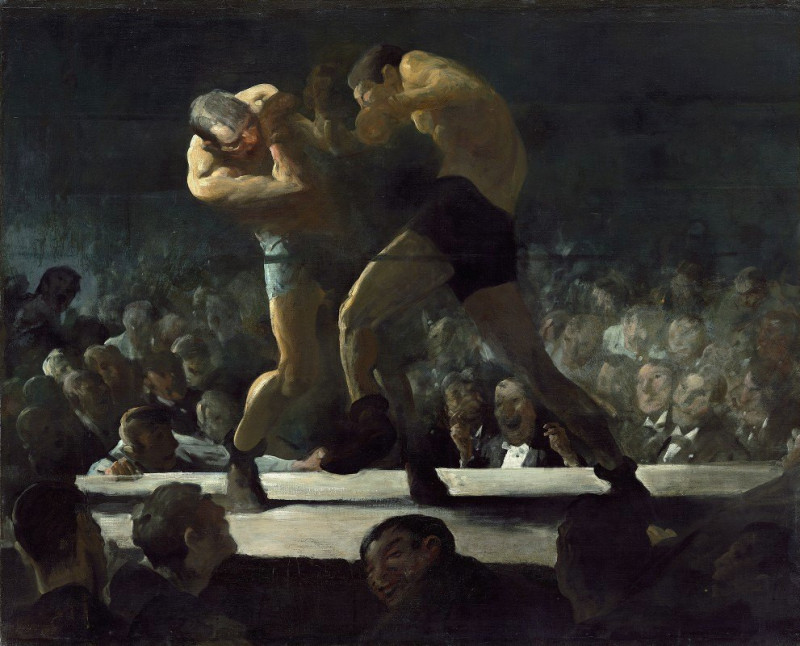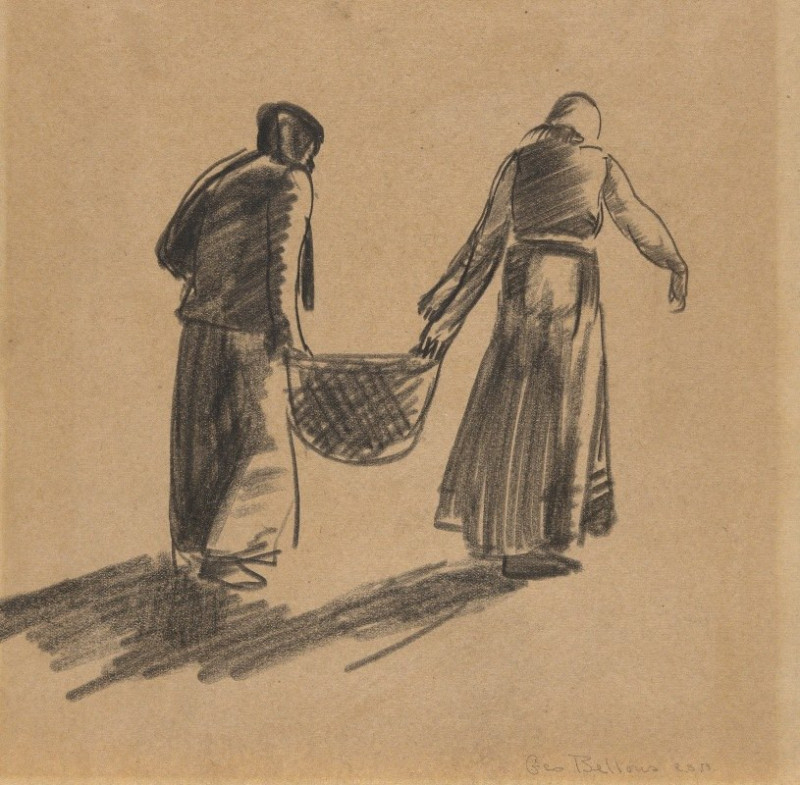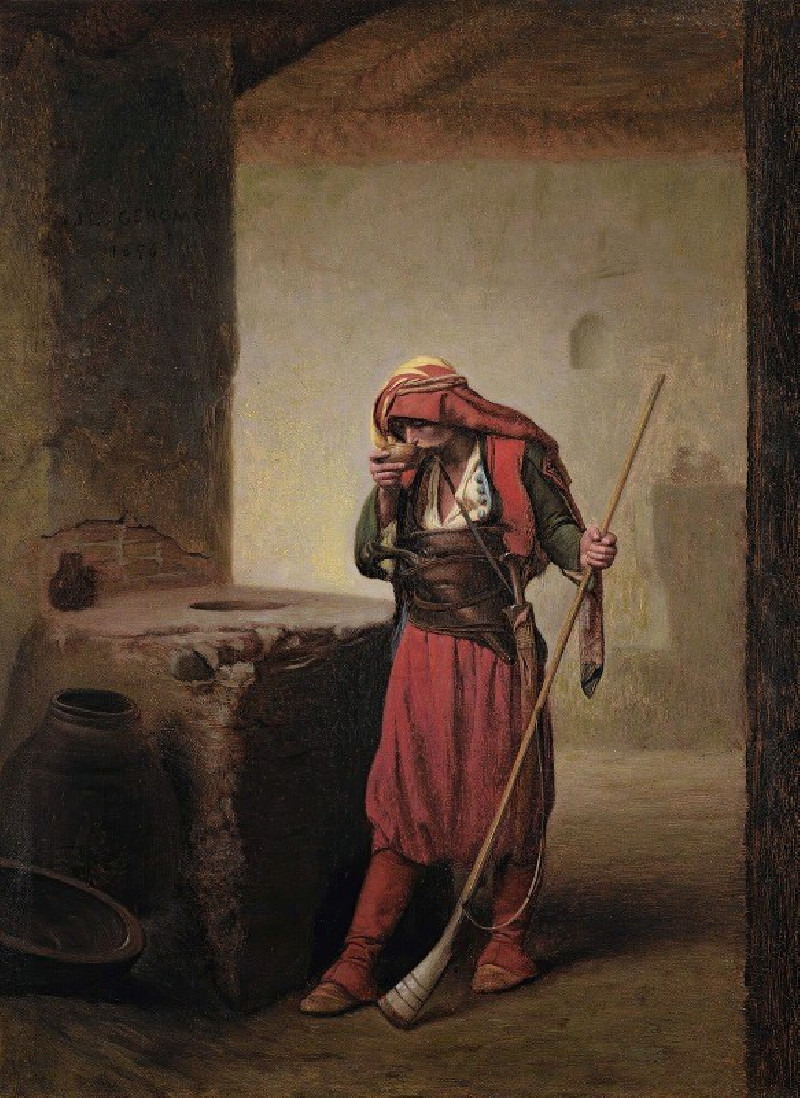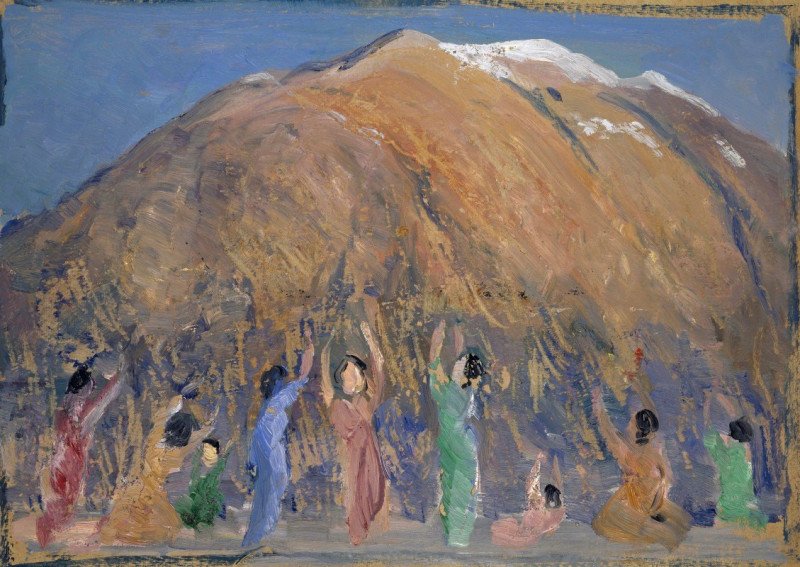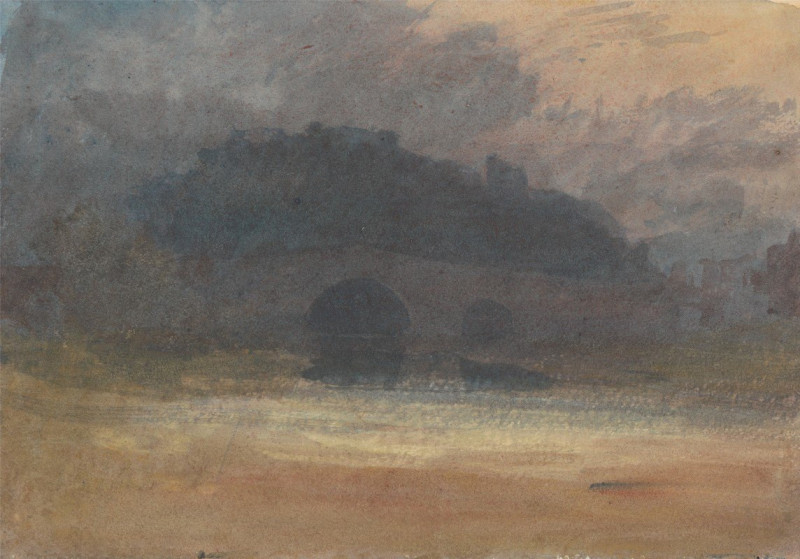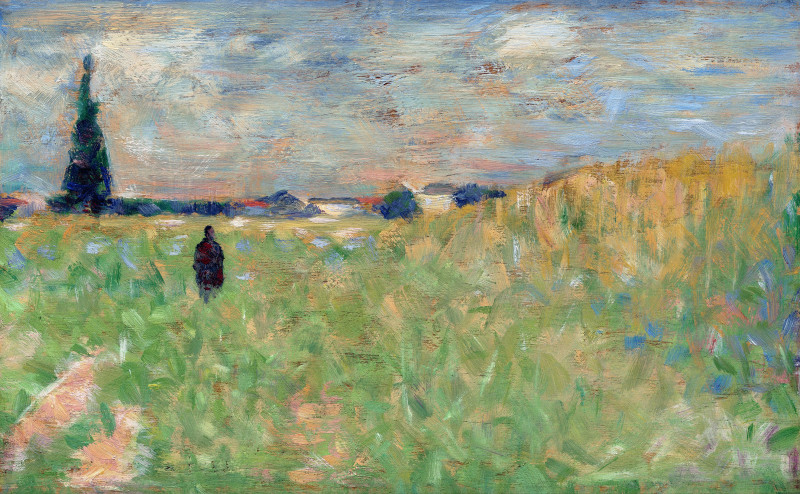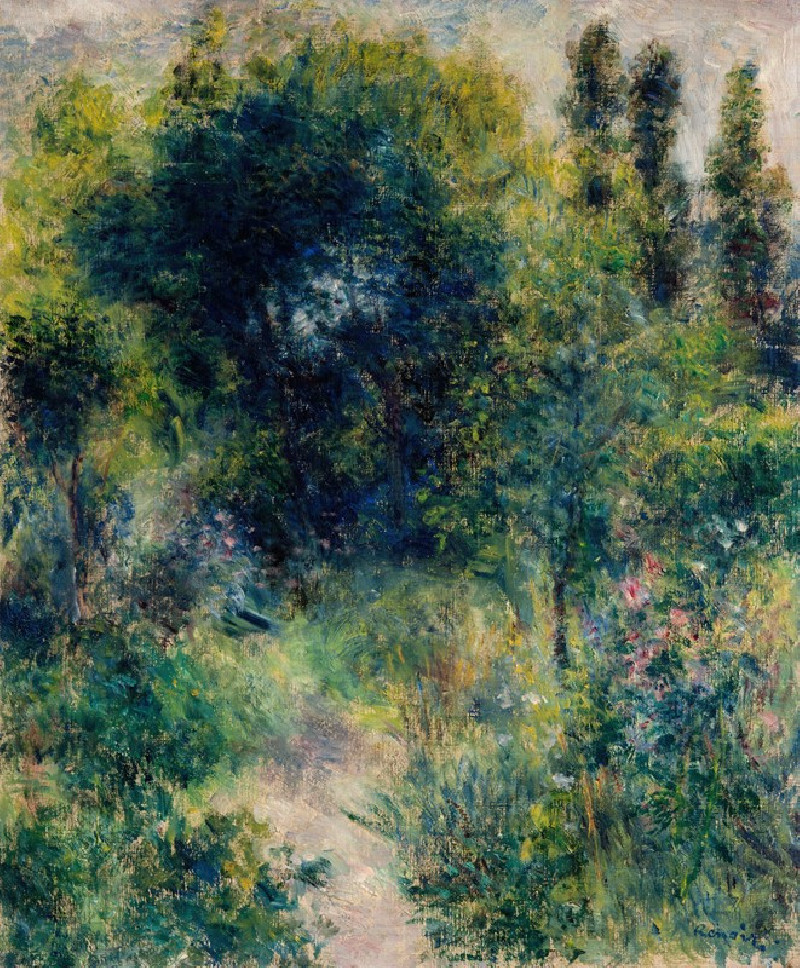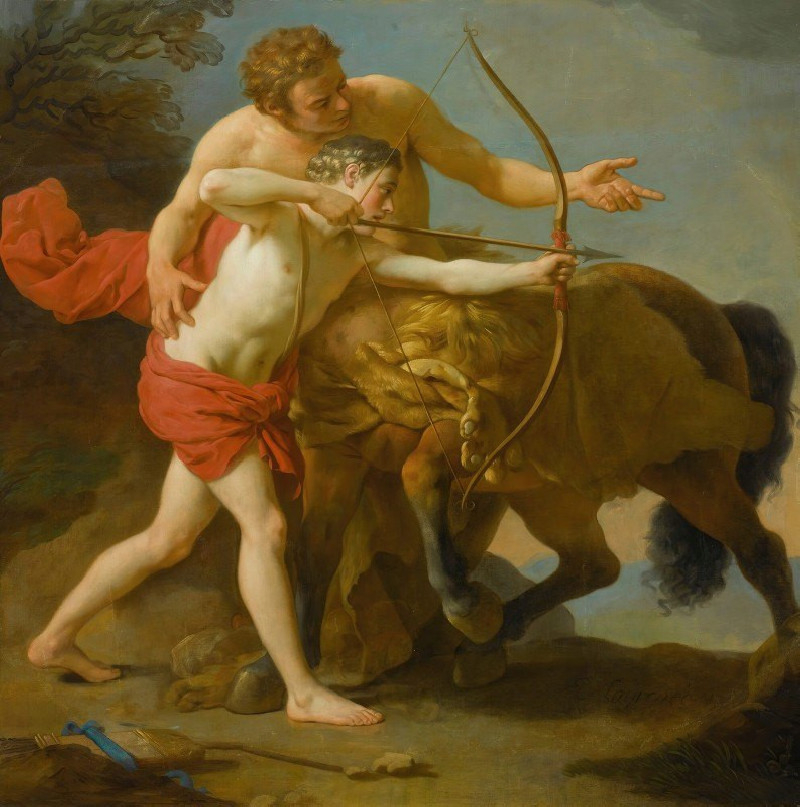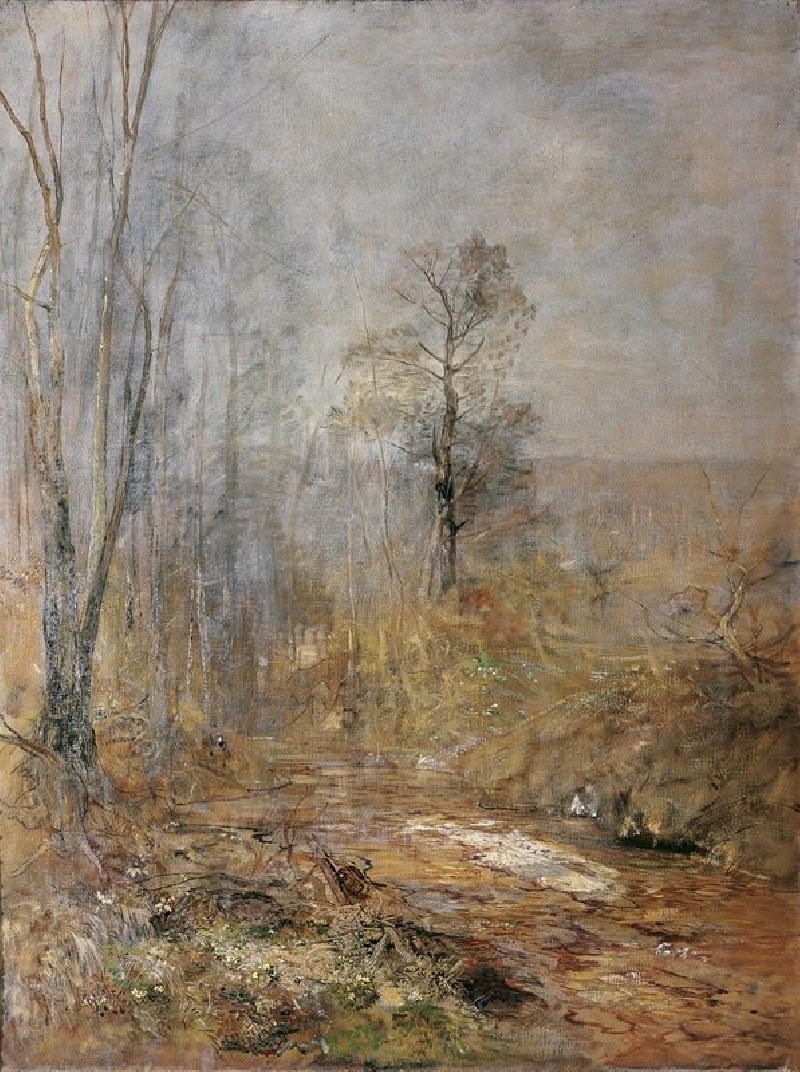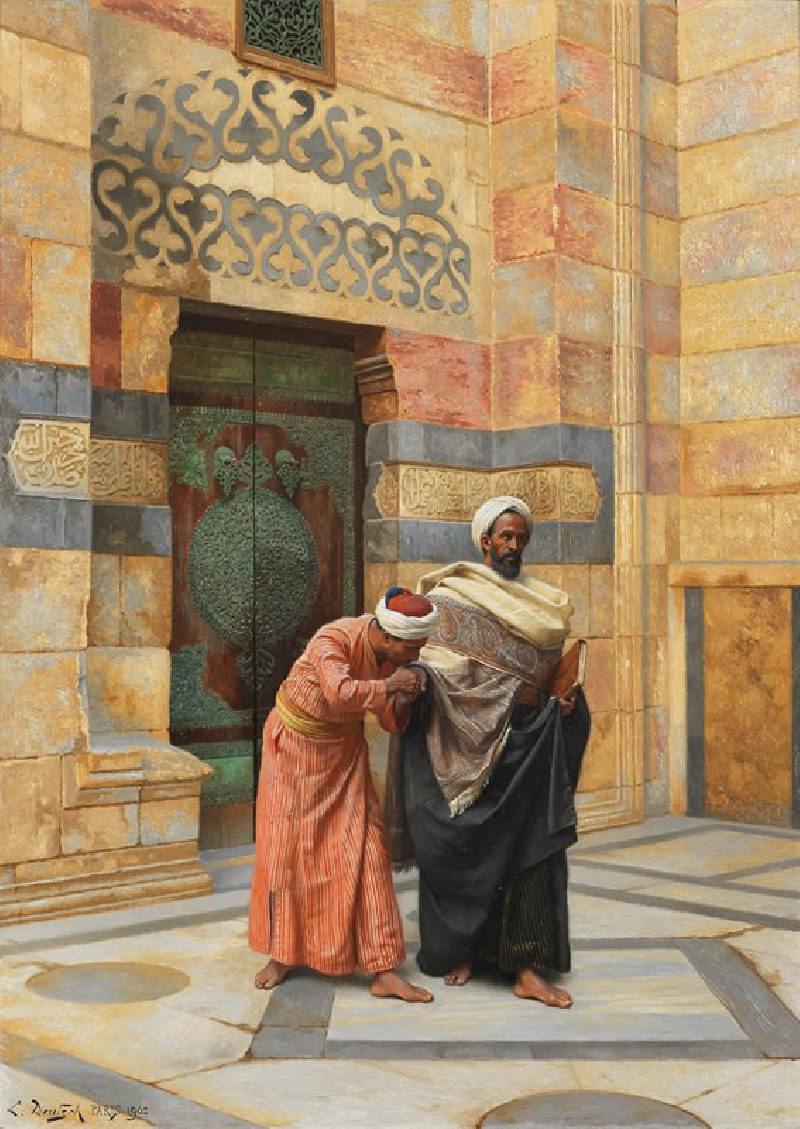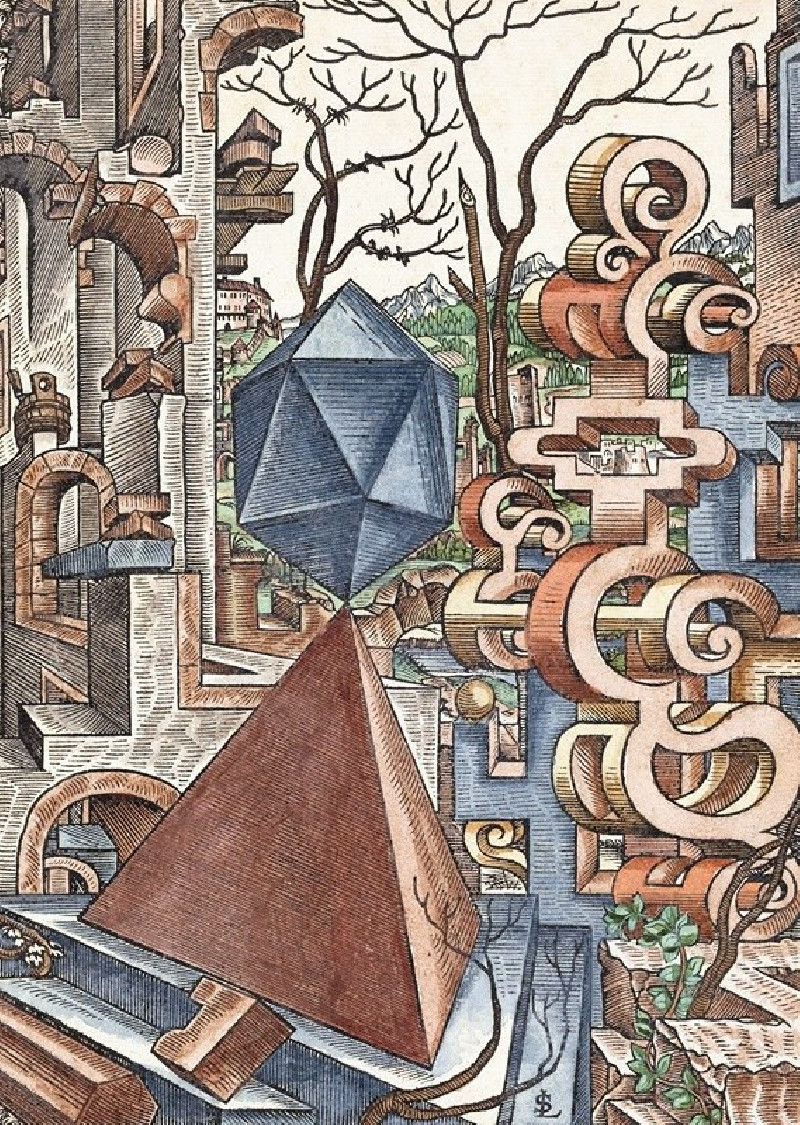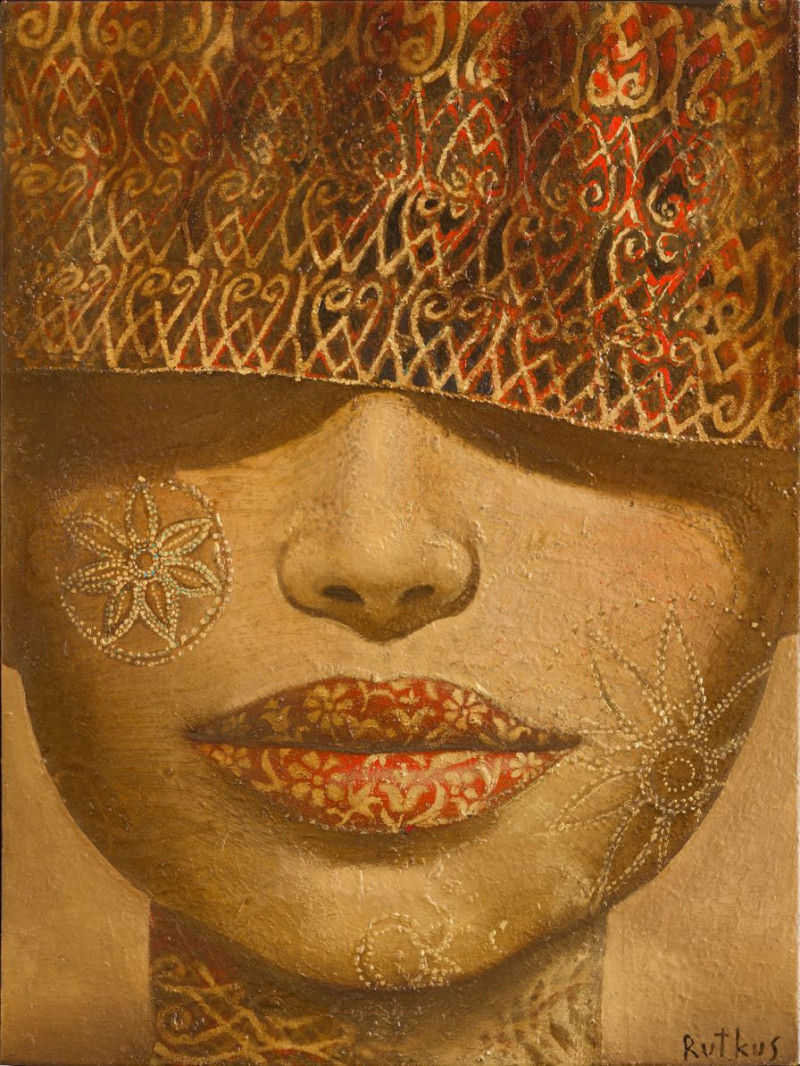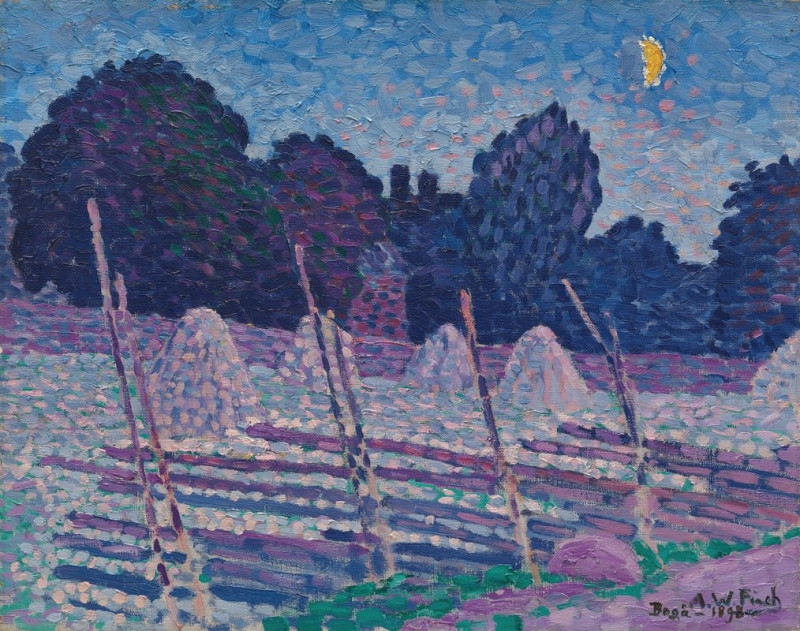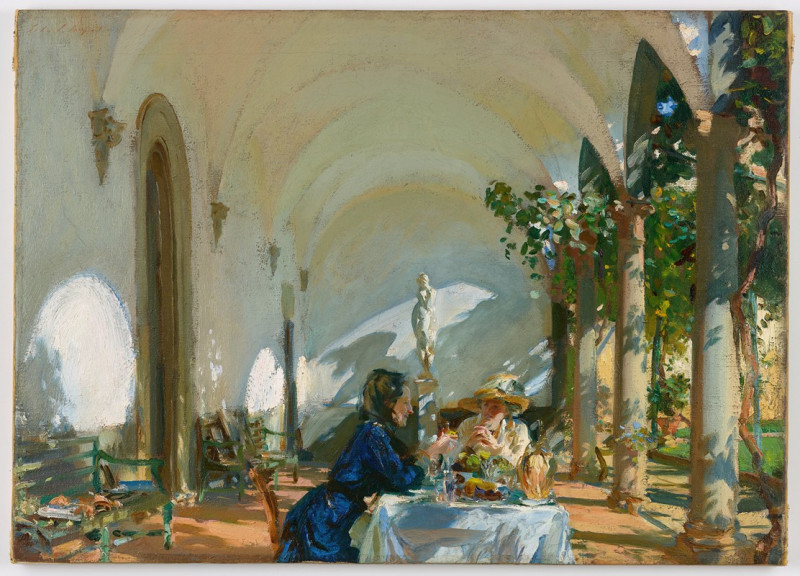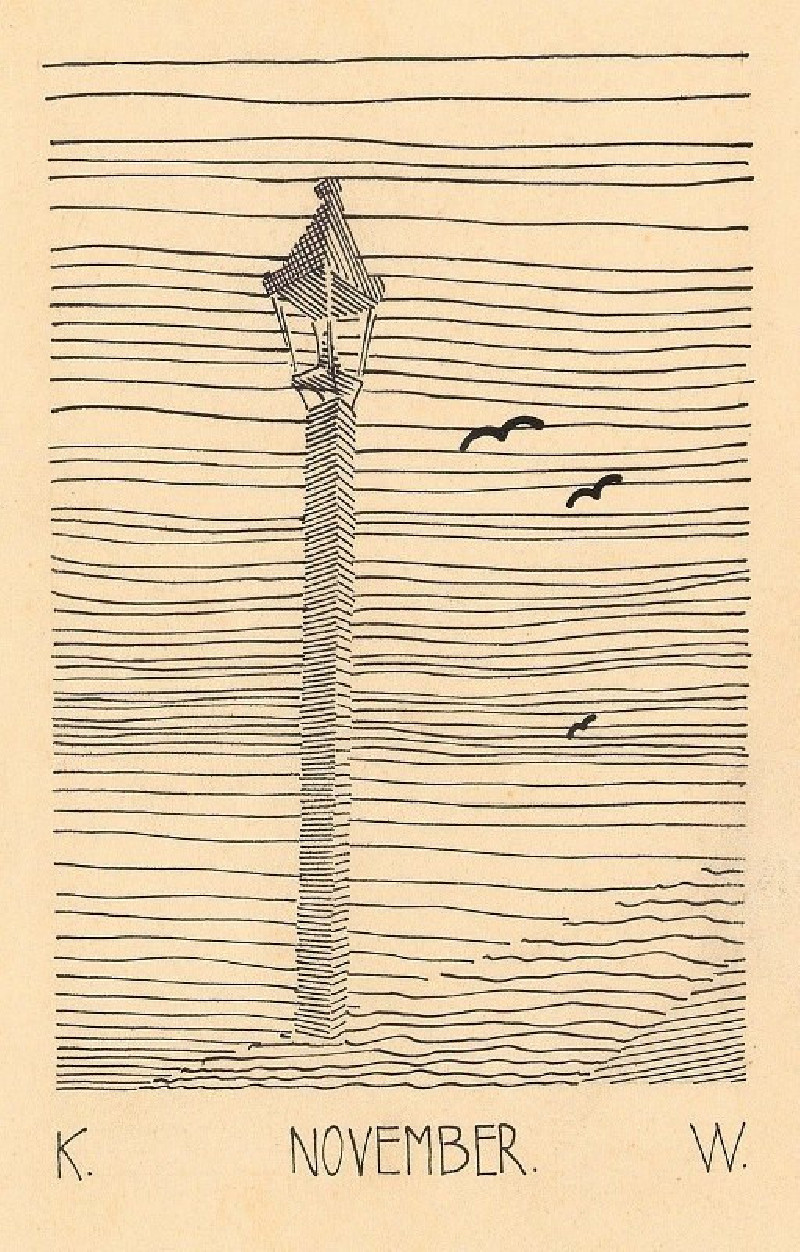The Barricade (1918)
Technique: Giclée quality print
Recommended by our customers
More about this artwork
George Wesley Bellows' powerful painting, "The Barricade," created in 1918, captures a dramatic and harrowing scene of conflict and human suffering. The artwork depicts a group of individuals, stripped and vulnerably exposed, amidst a dark and foreboding landscape. Typical of Bellows' bold expressionistic style, the painting uses vivid, rough brushstrokes to convey a sense of urgency and intensity.In this emotionally charged scene, the central figure draws immediate attention, standing resolutely with arms stretched upwards, embodying an air of defiance or perhaps a tragic invocation. Surrounding this figure, others also raise their arms, though in gestures that seem to oscillate between surrender and despair. Their bodies are marked by colors and strokes that suggest bruising and strain, hinting at brutal treatment and immense suffering.To one side, starkly contrasting with the vulnerability of the naked figures, are uniformed soldiers equipped with rifles and bayonets. This group enforces a severe and menacing presence, underscoring a narrative of oppression and control. The juxtaposition of the defenseless against the armed powerfully articulates themes of injustice and brutality.The setting of the painting adds a compelling layer to this narrative. The green, almost idyllic background clashes with the violence and chaos in the forefront, creating a poignant irony. This rural backdrop, interrupted by the signs of human conflict, suggests that such scenes of brutality can occur anywhere, far from the anonymity of urban settings typically associated with strife."The Barricade" challenges the viewer to confront uncomfortable truths about power, resistance, and human rights. Through this impactful visual statement, Bellows not only captures a moment of intense emotion and action but also prompts a reflection on broader socio-political issues.
Delivery
Returns
George Wesley Bellows (August 12 or August 19, 1882 – January 8, 1925) was an American realist painter, known for his bold depictions of urban life in New York City. He became, according to the Columbus Museum of Art, "the most acclaimed American artist of his generation".

